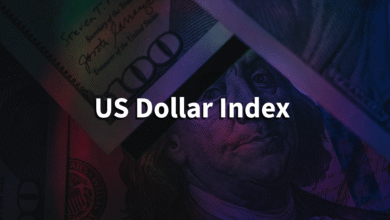- USD/JPY climbs to a nearly two-week top and draws support from a combination of factors.
- The trade optimism and reduced BoJ rate hike bets continue to undermine the safe-haven JP.
- The USD preserves Monday’s strong gains and further acts as a tailwind for the currency pair.
The USD/JPY pair attracts buyers for the fourth consecutive day and climbs to a one-and-a-half-week high, around the 148.70 area during the Asian session on Tuesday. Traders, however, refrain from placing fresh bullish bets and opt to move to the sidelines ahead of this week’s key central bank event risks.
The US Federal Reserve (Fed) is scheduled to announce its decision at the end of a two-day meeting on Wednesday, and will be followed by the Bank of Japan (BoJ) policy update on Thursday. Investors will look for cues about the central bank’s policy outlook, which, in turn, will play a key role in determining the next leg of a directional move for the USD/JPY pair.
In the meantime, the recent positive trade-related developments continue to undermine traditional safe-haven assets, including the Japanese Yen (JPY). Adding to this, diminishing odds for an immediate interest rate hike by the Bank of Japan (BoJ), amid cooling inflation in Japan and domestic political uncertainty, further weigh on the JPY and support the USD/JPY pair.
The US Dollar (USD), on the other hand, looks to build on the previous day’s blowout rally amid the growing acceptance that the Fed will keep interest rates steady this week. This turns out to be another factor acting as a tailwind for the USD/JPY pair, though the lack of strong follow-through buying warrants some caution before positioning for a further appreciating move.
Traders now look forward to Tuesday’s US economic docket – featuring the release of JOLTS Job Openings and the Conference Board’s Consumer Confidence Index. The data might influence the USD price dynamics and provide some impetus to the USD/JPY pair later during the North American session. The immediate market reaction, however, is likely to be limited.




